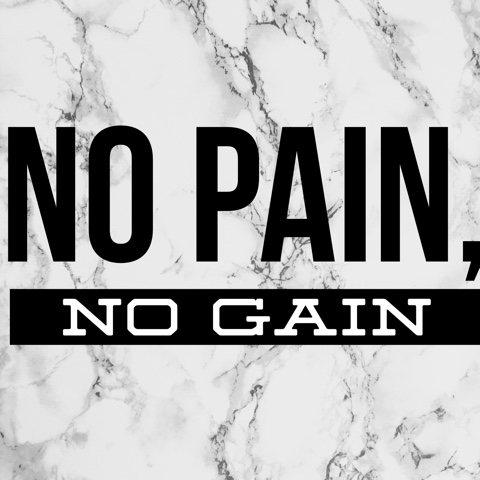Mood of the Mind and Productivity
There is no journey greater than that leading one to self-rediscovery. Rediscovery is the self-awareness when you finally accept and embrace the idiosyncrasies that uniquely define you. Understanding the how is more important than just finding out why. Civilization, progress and development all happened due to our differences. It will highly be boring if we all are the same, doing the same thing all the time. Just imagine everyone talking at the same time and churning out the same thing. That would be maddening. Uniqueness is essential, and it always is the fulcrum employed by the imaginative to catapult on to success.
We each are distinct, our goals and needs also are, and knowing this helps. You do not require to arrive at a destination that is not your goal.
The mind has its workflow processes that are different in each of us. I had discovered, for instance, that I do not enjoy working on just one task at a time. In fact, working on just a single task gets me procrastinating several times over. However, by introducing another challenging project, I learned that I could get the initial work completed faster as well as the second one, sometimes simultaneously, or not far apart. I wrote this article outside of a window I created during an important assignment. I oscillate between the first task and the writing of this article dictated by and in tune with the mood of the mind.
The best mood of the mind is its emotional equilibrium. Whatever person you happen to be, you can use the varying degree of the state of your mind to determine and segregate tasks, according to calculated associative tendencies. It is important that you know the mood of your mindset and its optimal compatible associative function, which is guaranteed to lead you to a state of maximum performance. People who rely on drugs for stimulation to get things done know exactly the effect they expect from ingesting those substances, and they set to undertake tasks within the zone so enabled. The trick is to discover what mood of the mind simulates a 'high zone' and apply that time to an associative task.
You can attain a state of stabilization when you achieve a balance between the creative mood and a rebel sporting spirit, which is always lurking and seeking to distract. Instead of playing on the downward swing of the nonassociative task, its onset needs be recognized immediately and then determinedly taken control of and asserted over the dominant one.
Fatigue caused by physical exertions diminishes productivity, which is as a result of incessant demands on the mind. We are often more fatigued from excessive thinking on how to do a task rather than from doing it. The mind often chooses to relapse into boredom and become disinterested in pursuing the task. At this point, a break is desired away from that consuming thought towards another for which the mind has a preferred and suitable mood. A simple walk, gym workout, solving a puzzle or writing an article, are sometimes the best outlets to explore. Research has proven that students who study in a stretch that does not exceed thirty minutes followed by short breaks tended to understand and solve problems better than those who study for longer periods without taking occasional breaks.
It is best to apply oneself one hundred percent to solving petty issues; this gives you the freedom to tackle important and critical issues with greater efficiency and ease. Multitasking capability is necessary for this jet age. The Dwight D. Eisenhower productivity model is of significance. It emphasizes the isolation of tasks by their degree of importance and urgency and encourages that we categorize tasks by their level of importance and urgency then determine when and how to accomplish them.
Where two or more tasks struggle for prioritization, it is necessary to focus on what is more important and what is urgent. While Dwight's model calls for strict compliance with its tenets to attain optimal productivity, our innermost voice that dictates our moods, must equally be respected; the mood of your mind can navigate you successfully between two or more tasks, improving your productivity.


